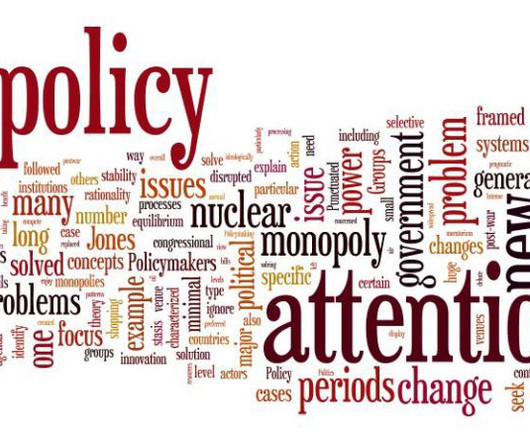The Father Factor in Africa’s Labor Market
The Lowe Down
JULY 22, 2025
Combining data from WORLD Policy Analysis Center and labor statistics from International Labor Organization (ILOSTAT), we analyzed how female labor force participation in African countries relates to policy decisionsregarding paid parental leave, protection from domestic violence, and child marriage.













Let's personalize your content